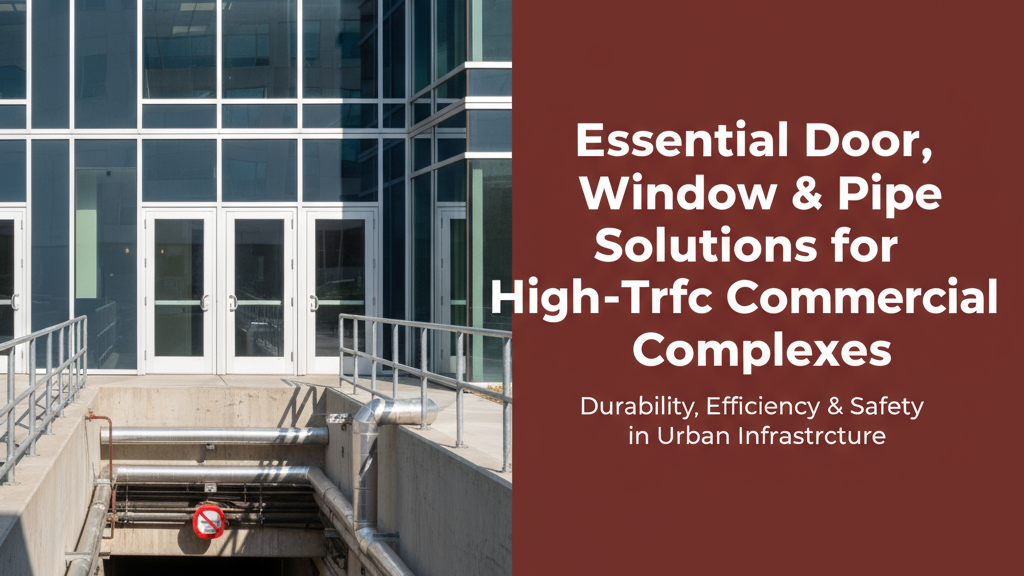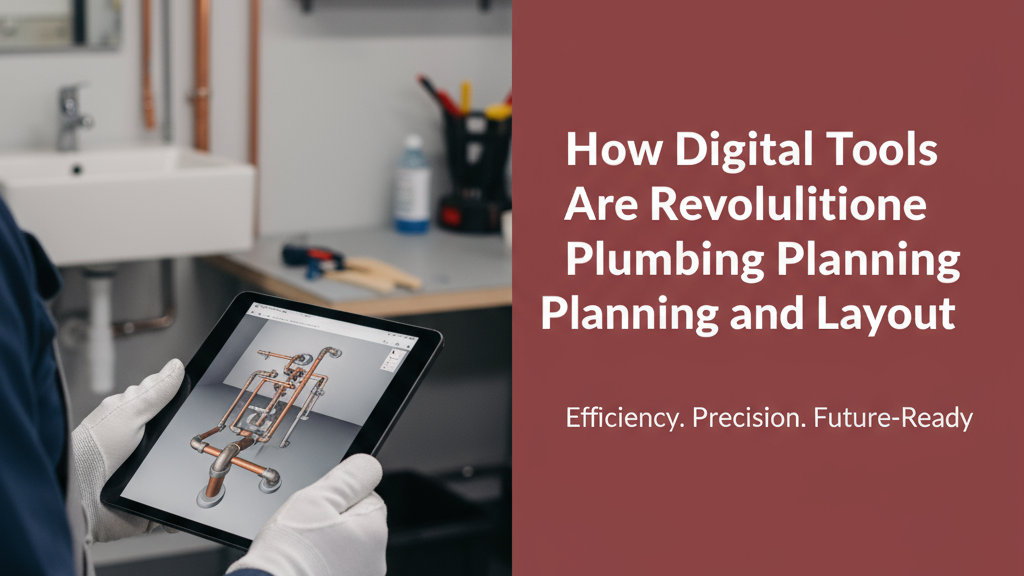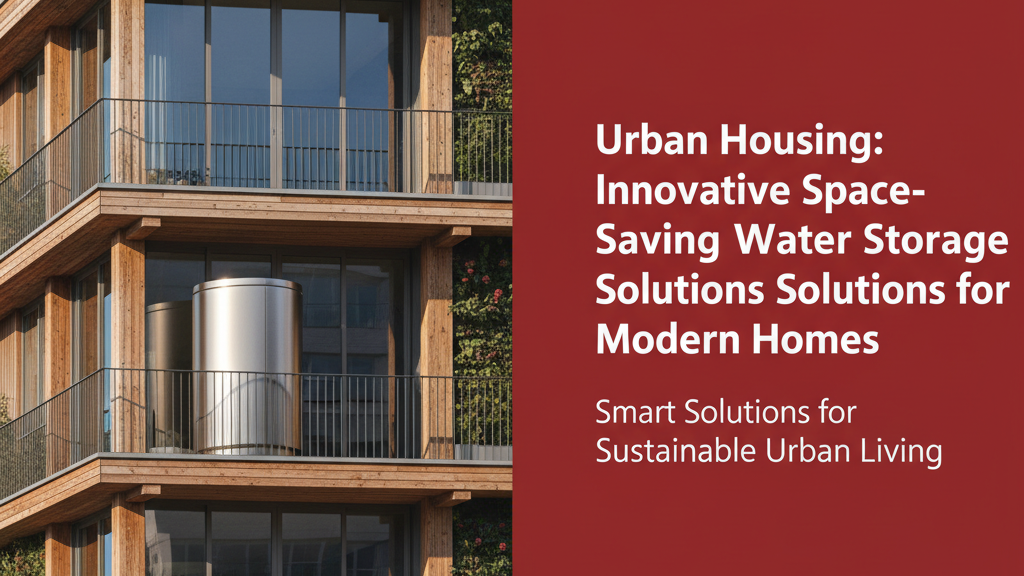The Unique Demands of High-Traffic Commercial Spaces
Commercial complexes – from shopping centres to office buildings – face relentless operational demands. Doors swing open hundreds of times daily, windows bear environmental stresses, and pipe systems manage constant water flow. Building materials here require different considerations than residential projects:
- Mechanical endurance: Components must withstand repeated use without premature wear
- Safety compliance: Fire ratings, accessibility norms, and structural integrity are non-negotiable
- Operational efficiency: Smooth functionality minimises business disruptions
- Maintainability: Solutions should allow cleaning and servicing with minimal downtime
Doors: Balancing Security, Accessibility & Durability
Entryways in commercial complexes serve conflicting needs – they must be secure yet welcoming, durable yet easy to operate. Material selection and design determine long-term performance.
Automatic vs Manual Doors in High-Footfall Areas
| Factor | Automatic Doors | Manual Doors |
|---|---|---|
| Foot traffic handling | Superior (ideal for 500+ daily cycles) | Requires robust hardware for >300 cycles/day |
| Energy efficiency | Modern models reduce AC loss by 30-45% | Dependent on sealing and closing mechanisms |
| Safety features | Integrated sensors prevent accidents | Requires separate safety provisions |
Automatic sliding systems suit main entrances, while heavy-duty manual doors work better for service areas needing frequent forklift access.
Fire-Rated Doors for Commercial Safety Compliance
Indian standards mandate fire-rated doors in escape routes, electrical rooms, and高风险 areas. Key considerations:
- Rating periods: 30/60/90/120-minute ratings available – match to building height and occupancy
- Material options: Steel frames with fire-resistant cores or specially treated uPVC with intumescent strips
- Hardware compatibility: Hinges and closers must maintain certification when installed
Windows: Light, Efficiency & Protection
Commercial windows face unique challenges – potential impacts from cleaning equipment, thermal stresses from prolonged sun exposure, and noise infiltration in urban settings.
Impact-Resistant Glazing for Busy Locations
Ground-floor retail spaces particularly benefit from:
- Tempered glass: 4-5 times stronger than annealed glass, shatters safely into small pieces
- Laminated glass: PVB interlayer holds broken panes together, deters intruders
- Frame reinforcement: Multi-chamber uPVC profiles with steel inserts prevent forced entry
Basement windows may alternatively use polycarbonate sheets where complete breakage resistance is paramount.
Energy-Efficient Window Solutions
Large glazed areas significantly affect HVAC costs. Mitigation strategies include:
- Low-E glass: Microscopic metallic coating reflects infrared heat while allowing visible light
- Thermally broken frames: uPVC or composite materials reduce heat transfer versus aluminium
- Air seal quality: Compression gaskets should maintain performance for 50,000+ operational cycles
Pipe Systems: Handling Scale & Continuous Usage
Commercial plumbing faces pressures unknown in residential contexts – simultaneous toilet flushing, kitchen grease loads, and 24/7 operation in hotels/hospitals.
Choosing Durable Plumbing Materials
Material selection varies by application:
| Application | Recommended Material | Key Benefits |
|---|---|---|
| Drainage lines | HDPE pipes | Resists chemical corrosion from cleaning agents |
| Hot water circulation | CPVC pipes | Maintains pressure rating at 60-80°C temperatures |
| Fire suppression | Galvanised steel pipes | Withstands high-pressure demands during emergencies |
Preventative Maintenance for Commercial Pipework
Proactive measures reduce emergency repairs:
- Quarterly inspections: Check for leaks, corrosion, or vibration-induced fatigue
- Grease trap maintenance: Monthly cleaning prevents FOG (fats, oils, grease) buildup in restaurant waste lines
- Water hammer arrestors:
Install near quick-closing valves to protect pipe joints from pressure surges
Integration: Coordinating Doors, Windows & Pipes Holistically
Successful installations consider how systems interact:
- Structural coordination: Window installations must avoid concealed plumbing runs in walls
- Drainage planning: Automatic door assemblies require nearby floor drains for monsoon water ingress
- Access provisions: Ensure pipe valves and HVAC units remain reachable after window placements
Case Studies: Successful Commercial Complex Installations
Real-world examples demonstrate how these principles translate:



